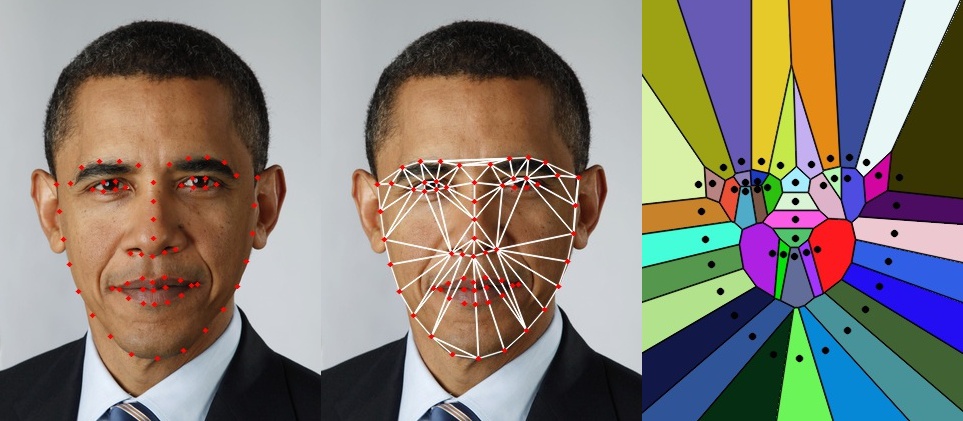Hi, I am trying to use OpenCV to extract only the face on a image but I don't want any of the background in my image (I only want the actual face contour). I tried to detect a face and extract the ROI and pass that to a skin detector algorithm but the latter step fails for the most part.
import cv2
import numpy as np
import sys
cascPath = sys.argv[1]
faceCascade = cv2.CascadeClassifier(cascPath)
lower = np.array([0, 48, 80], dtype = "uint8")
upper = np.array([20, 255, 255], dtype = "uint8")
video_capture = cv2.VideoCapture(0)
def face_detect():
while True:
# Capture frame-by-frame
ret, frame = video_capture.read()
gray = cv2.cvtColor(frame, cv2.COLOR_BGR2GRAY)
faces = faceCascade.detectMultiScale(
gray,
scaleFactor=1.1,
minNeighbors=5,
minSize=(30, 30),
flags=cv2.CASCADE_SCALE_IMAGE
)
# Draw a rectangle around the faces
for (x, y, w, h) in faces:
#face_region = cv2.GetSubRect(image,(x, y, x+w, y+h))
cv2.rectangle(frame, (x, y), (x+w, y+h), (0, 255, 0), 2)
face_region = frame[y:y+h, x:x+w]
converted = cv2.cvtColor(face_region, cv2.COLOR_BGR2HSV)
skinMask = cv2.inRange(converted, lower, upper)
# apply a series of erosions and dilations to the mask
# using an elliptical kernel
kernel = cv2.getStructuringElement(cv2.MORPH_ELLIPSE, (11, 11))
skinMask = cv2.erode(skinMask, kernel, iterations = 2)
skinMask = cv2.dilate(skinMask, kernel, iterations = 2)
# blur the mask to help remove noise, then apply the
# mask to the frame
skinMask = cv2.GaussianBlur(skinMask, (3, 3), 0)
skin = cv2.bitwise_and(face_region, face_region, mask = skinMask)
cv2.imshow("Face", np.hstack([face_region, skin]))
# Further processing on only the face without the background.
#cv2.ellipse(frame, (x, y), (x+w, y+h), (0, 255, 0), 2)
# Display the resulting frame
cv2.imshow('Video', frame)
if cv2.waitKey(1) & 0xFF == ord('q'):
return
face_detect()
video_capture.release()
cv2.destroyAllWindows()
Is there a better approach to extract the face? Maybe there is a way to select the most common colours and threshold that and apply the mask on to my image.
Please let me know if you have any ideas.



